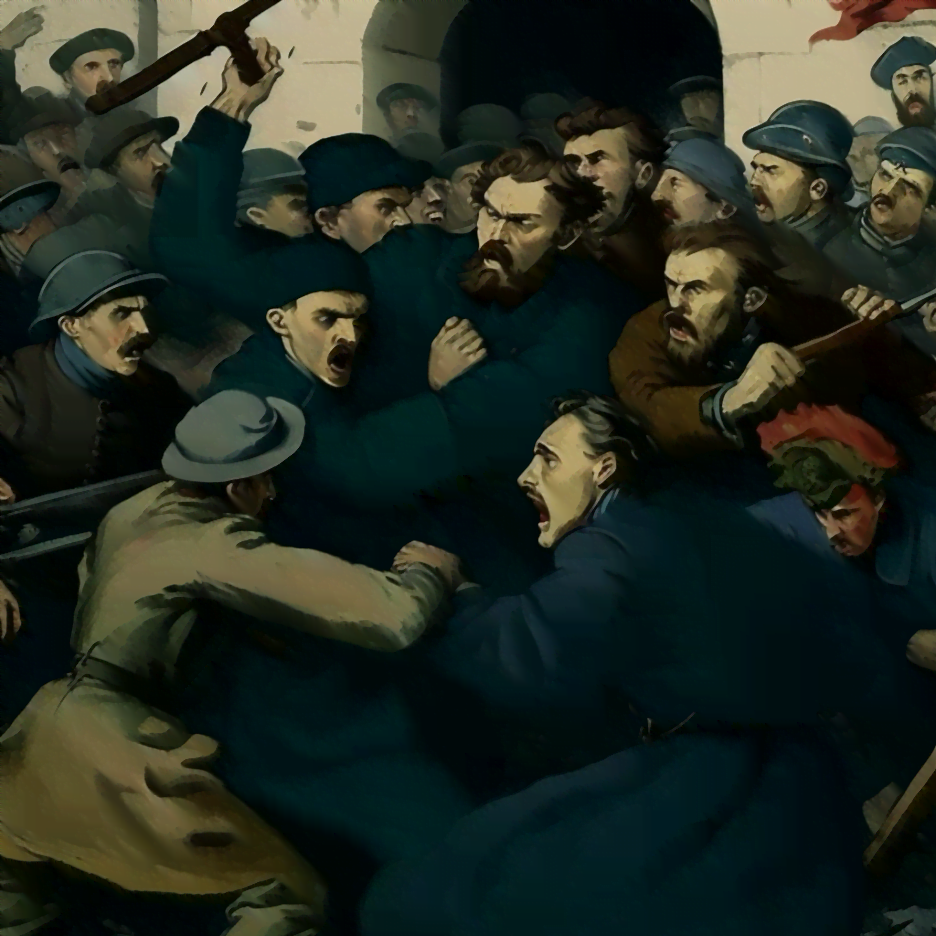The Infamous Three-Day Pogrom
January 21, 1941, marks the beginning of a brutal three-day pogrom in Romania, resulting in the deaths of 125 Jews. This horrific event was a result of a power struggle between Romania’s Prime Minister, Ion Antonescu, and his former allies, the Iron Guard Legion. Despite both parties sharing antisemitic ideologies, their methods for dealing with the Jewish population in Romania differed significantly, leading to a violent conflict.
Antonescu and the Iron Guard: A Tenuous Alliance
The Iron Guard, a virulently antisemitic group, viewed Antonescu as a puppet of the Jews in Romania. Although Antonescu was also deeply antisemitic, he favored using legal processes to strip Jews of their rights and property, while the Iron Guard preferred outright violence. Both parties blamed the Jewish population for Romania’s territorial losses following the outbreak of World War II.
A Meeting with Hitler and a Rebellion
On January 14, 1941, Antonescu met with Adolf Hitler, seeking advice on handling the Jewish population. Hitler suggested simply getting rid of them. The two leaders struck a deal: Romania would join Germany in its fight against the Soviet Union, and Germany would support Antonescu against the Iron Guard. Days later, Antonescu outlawed the Iron Guard’s program to dispossess Jews of their property, leading to accusations that he was an agent of “Judeo-Masonry.” This sparked a rebellion, with the Iron Guard seizing the opportunity to stage a pogrom in Bucharest.
The Horrors of the Pogrom
During the pogrom, Jews and their property were targeted, looted, and attacked. Some individuals were kidnapped and subjected to horrific torture, including mock shechita (kosher slaughtering) in kosher slaughterhouses, before being brutally murdered. In total, seven synagogues were destroyed, and the stolen property reportedly filled 200 trucks.
Antonescu’s Response and the Aftermath
On January 23, Antonescu unleashed the army on the Iron Guard rebels, killing around 200 members and confiscating the trucks filled with stolen Jewish property. Unfortunately, this pogrom was not the last during the war. Antonescu’s dictatorship ultimately led to the murder of an estimated 280,000 to 380,000 Jews in the region by the end of World War II.
In conclusion, the Romanian Pogrom of 1941 was a tragic event fueled by a power struggle between two antisemitic forces. As we remember these events, it is crucial to honor the victims and ensure that such atrocities never happen again.
Resources:
Haaretz – A Three-Day Pogrom Starts in Romania
United States Holocaust Memorial Museum – Romania


